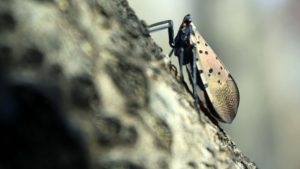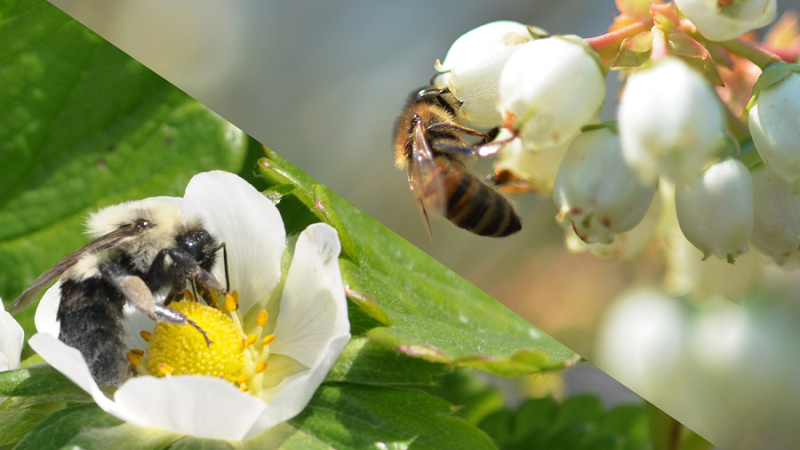Spotted Lanternfly Quarantine Expands In Pennsylvania

(Photo credit: Nancy Bosold, Horticulture Educator, Penn State Extension)
The Pennsylvania State Department of Agriculture announced the spotted lanternfly quarantine has been expanded to Lower Macungie Township, Alburtis, and Macungie Boroughs in Lehigh County and New Hanover Township in Montgomery County after small populations of the pest were found. The most recent detections are in municipalities adjacent to previously quarantined areas.
The pest had not been found in the U.S. prior to its initial detection in Berks County in the fall of 2014.
“While no one wants to hear that there are additional findings, this affirms that our surveillance efforts are working,” said Pennsylvania Agriculture Secretary Russell Redding. “It is extremely difficult to eradicate these pests but thanks to the ongoing survey efforts and commitment by local, state, and community members, who have been working together continuously to find the pest in the early stages, we are minimizing the impact of the species. New detections allow the control program to target its outreach and control efforts, working to end the spread of the insect.”
Areas where the pest has been found are now under quarantine. The general quarantine restricts movement of any material or object that can spread the pest. This includes firewood or wood products, brush or yard waste, remodeling or construction materials and waste, packing material (such as boxes), grapevines for decorative purposes or as nursery stock, and any outdoor household articles, such as lawnmowers, grills, tarps, and other equipment, trucks, or vehicles typically not stored indoors. The last detection of the pest was confirmed in November 2015.
In addition to the new areas where the invasive has been found, the quarantine also includes:
Berks County: Amity, Colebrookdale, Douglass, District, Earl, Hereford, Longswamp, Oley, Pike, Rockland and Washington townships and the boroughs of Bally, Bechtelsville, Boyertown, and Topton
Montgomery County: Douglass and Upper Hanover townships and the boroughs of East Greenville, Pennsburg, and Red Hill
Bucks County: Milford Township and Trumbauersville Borough
Chester County: South Coventry Township
Since receiving additional funding from USDA, survey work began May 1, 2016 to identify additional challenges and improvements with the invasive species. Eight crews and 34 volunteers have placed more than 2,200 bands on Ailanthus trees, removing more than 14,000 eggs. To date, 39 properties have been treated in the quarantine area, removing more than 3,300 Ailanthus trees.
Spotted lanternfly, Lycorma delicatula, attacks grapes, apples, pines, and stone fruits. It often attaches to the bark of Tree of Heaven (Ailanthus altissima). Adults often cluster in groups and lay egg masses containing 30 to 50 eggs that adhere to flat surfaces including tree bark. Freshly laid egg masses have a grey waxy mud-like coating, while hatched eggs appear as brownish seed-like deposits in four to seven columns about an inch long. Trees attacked by the spotted lanternfly will show a grey or black trail of sap down the trunk.
The Spotted lanternfly is an inch-long black, red and white spotted pest and is native to China, India, Japan, and Vietnam. It’s an invasive species in Korea, where it has attacked 25 plant species which also grow in Pennsylvania.










